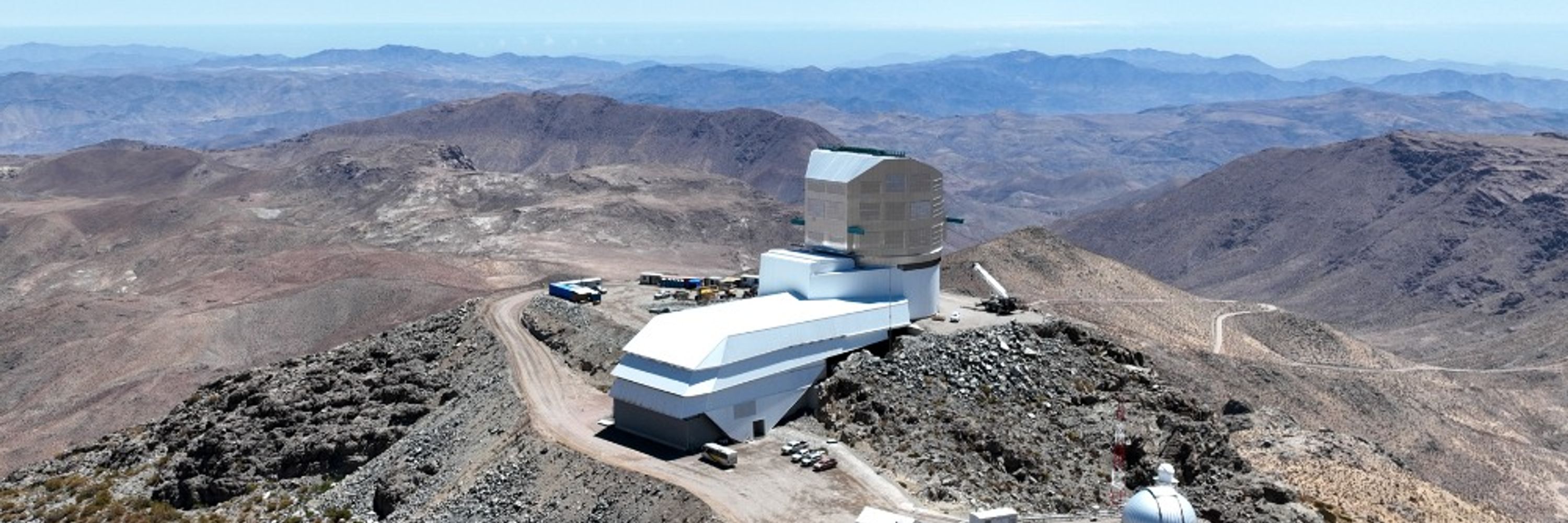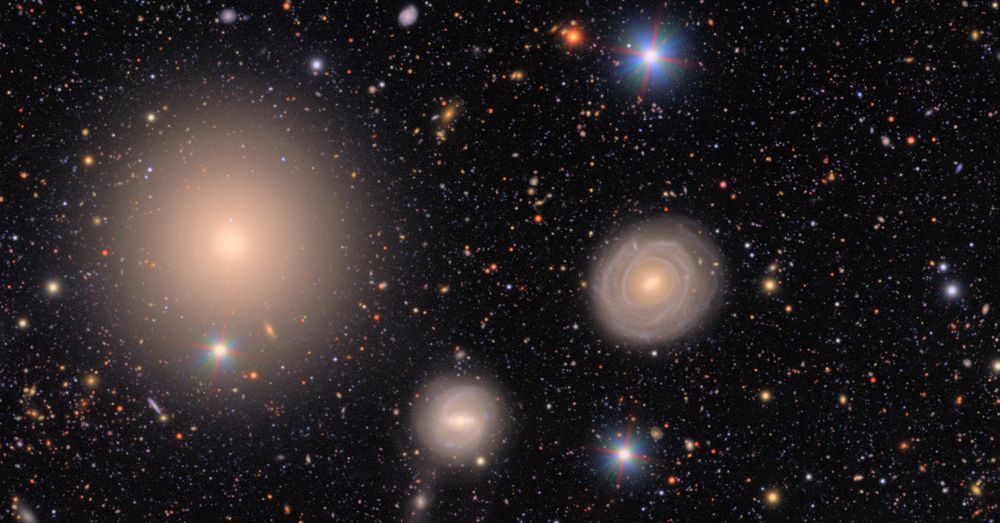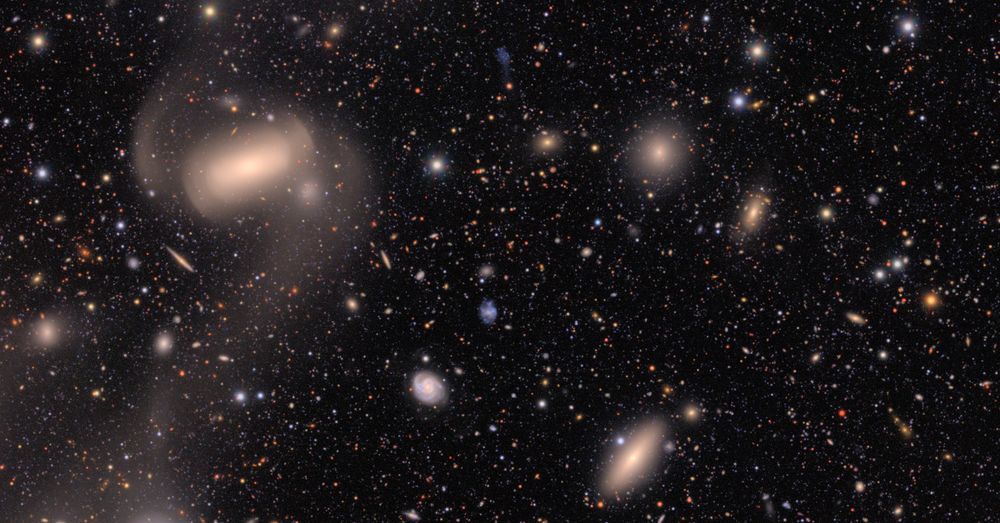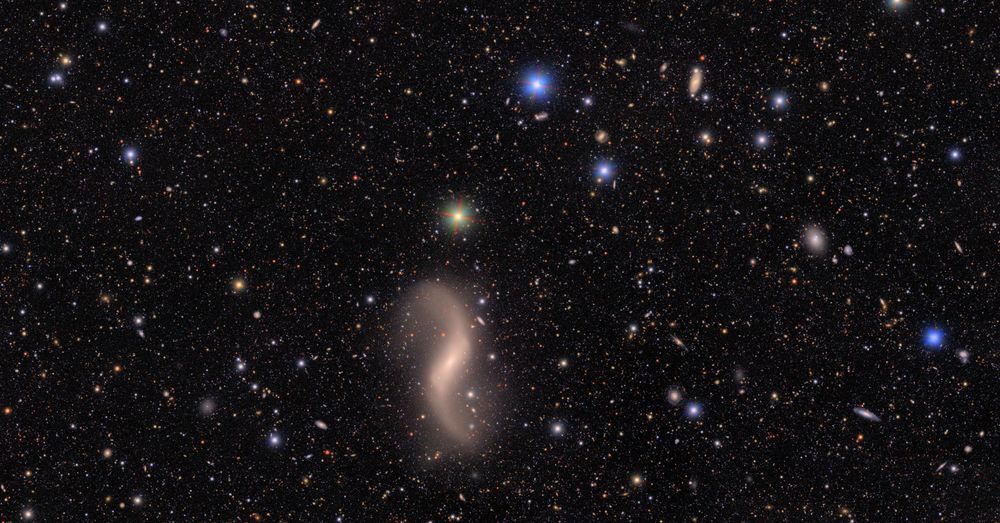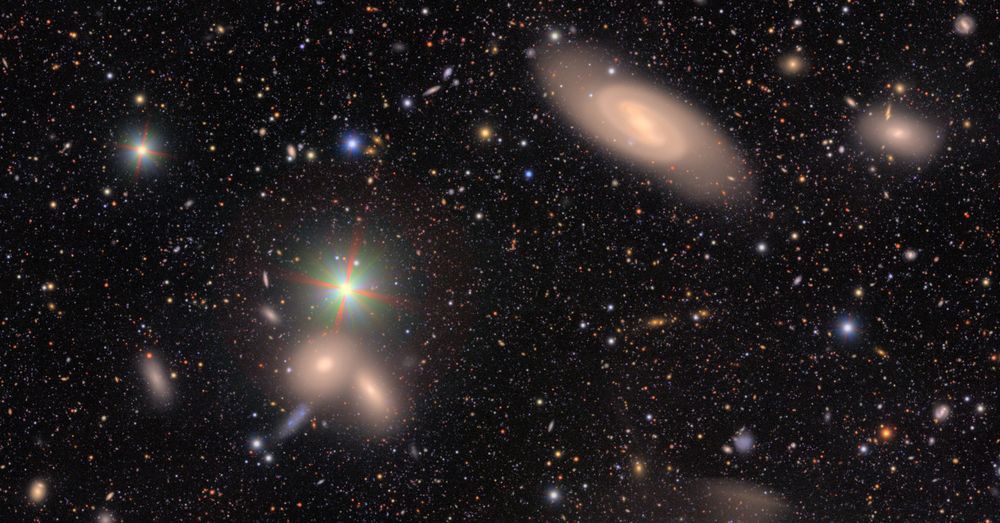NSF–DOE Rubin Observatory
@vrubinobs.bsky.social
11K followers
91 following
430 posts
Get ready for a new era in astronomy and astrophysics with Rubin Observatory!
Para español siga a Instagram: http://instagram.com/rubin_observatory
Posts
Media
Videos
Starter Packs
Pinned
